End of year's best: soil prep, buy list, lessons learned, winterizing
strawchicago z5
7 years ago
Featured Answer
Sort by:Oldest
Comments (63)
strawchicago z5
7 years agolast modified: 7 years agostrawchicago z5
7 years agolast modified: 7 years agoRelated Discussions
I have learned my lesson ... will build a fence next year
Comments (25)Mine's netting. I got the 30" VersaNet fence with PRS-50 solar energizer. My garden's about 320' around, so I bought two lengths of 164' fencing. I got green posts and green netting, which looks nicer than black. The kit contains a 3-foot-long grounding stake and several green PowerPosts, which are more rugged than those built in-line into the netting. I'd recommend getting their new "Plus" version of the netting, which has the posts closer together (so the netting doesn't sag), or else an equivalent number of extra PowerPosts. I also got a digital voltmeter to check the fence charge. Setup is very easy: you just push the posts into the ground, clip the metal leads of the nets together, drive in the grounding stake, and attach the energizer to the fence and the stake. A cylindrical fence-post driver you can buy at a hardware store for about $20 works fine for banging in the grounding stake. The biggest hassle is having to keep the grass touching the fence fairly short (about 4" or less), because otherwise wet grass draws off charge from the fence and makes it less repellent to critters. Pulling up the fence and mowing every two weeks is enough. If you want a little more slack, you can get a more-powerful energizer; they also come in a version with a larger solar panel, good for year-round use. Some people use herbicides to remove the grass under the fence permanently, but that wasn't something I wanted near a vegetable garden. I chose the 30" version because there are also deer nearby and the occasional cow (escaped from neighboring farm). You could try the 20" model, which is also easier to step over. Of course a deer could easily jump over either, and a groundhog could tolerate being zapped without injury. The idea is that the animal approaches the net cautiously, gets shocked once or twice, and opts to seek out another salad bar. It's worked for two seasons, knock wood. Before I put it up I lost several beds of lettuce, broccoli, spinach, corn, etc. in raids by various creatures. Feel free to ask more questions. I'm happy and relieved it's worked. Here is a link that might be useful: Electric Fencing...See MoreWhat is Your Best Lesson Learned in 06
Comments (12)I've looked at this post several times, and I've had a LOT of trouble coming up with a "best lesson." Which means either I have parenthood-induced ADD, a very poor memory, or that I haven't learned much this year! We had a crazy year (flooding, car accident, depression, family issues), so gardening took more of a back seat than in other years. I feel like I missed out on a lot, yet I had so much enjoyment out of my garden anyhow, just watching it grow even though I couldn't fuss over it as much as usual. It didn't need my attention as much as I thought it did - fancy that, Mother Nature is self-sufficient. . . . I think I'd also have to say, "dream big, and start planning." My DH and I are thinking of moving next year, locally. He needs a dedicated music studio (his avocation is pipe organs and electronic music production), and I need a much larger property to garden. I'm mulling over the idea of eventually breeding and selling daylilies, which will NOT happen from a suburban back yard. So, with daylily seedlings on my windowsills, a bunch of daylily seeds in the refrigerator, and a wish list of new daylilies a mile long, I'm hoping to turn my dreams into some form of reality. On a more practical note, I need to find a way to start seeds indoors that is CAT PROOF. I winter sow, but there are times when I enjoy having those seedlings growing green through the winter months. It's a good thing I love my cats, because they are a pain with the seedlings. . . . Laurel...See MoreBest life lesson I ever learned
Comments (23)my MIL has psych problems, she lived in a small garage apartment on our property..she is a hoarder.. even her car was piled with stuff..trash, papers, magazines. broken dishes,art supplies, baskets, plastic containers, receipts, tax business papers from 10 years ago, old clothes, bags of recycling bottles and cans and filthy old smelly musty and moth ball smelling stuff.. helping her clean i once found a ketchup bottle in a plastic bag under an easy chair. it was so old it was dark brown.. she remarried, has moved 800 miles away and i am still finding her crap in the garage. this is after she had 2 dumpsters filled within 12 months.. i have not been to the new place.. i can only wonder.. i do not mind clutter..if the house is clean, floors, windows, sinks and counters, porch, patio, outside of appliances, bathroom, etc.. but that kind of trash and hoarding is really sad. she never taught her son how to clean or be organized and guess who is stuck holding the (garbage) bag? hahahaha i love my man and he is smart and organized at work, when he comes home it is a whole other story.. i am getting ready for winter and cleaning closets and cabinets and putting summer things away and getting out he winter stuff..ugh,,we have literally 2 closets..so things have to go to the garage and shed.. and when i get the place back together i have to put my foot down and set some rules.. EVERYTHING has a home and it's place....especially bad when the kids were living at home, small house, before they flew the coop, what is so hard about putting it back after you use it? and if you drop a potato chip or some food or paper or twist tie or something on the floor why can't some people pick it up? they leave it and will walk by it 10 times!!!! i just tell myself to forgive, they know not what they do......See MoreMost valuable lesson(s) learned from 2015 tomato season
Comments (5)Welcome. No matter how long, we keep learning and getting experience. Q: Are you just growing in pots or also in beds ? Q: What your growing conditions are like ? Sun, shade, summer temperatures, season length ??? For Pots/containers : For better production and ease of maintenance, bigger soil volume is better. It should provide for a good root mass, better moisture and nutrient retention . Minimum size being 5 gallon for smaller plants, but 10 + gallons is better. Use only "soil less" potting mix, with good structure. . With soil less potting only use synthetic fertilizer. Think about supporting your plants from the time you plant them. Cage ? stakes ? Implement fungi prevention schedule from day one, every 10 to 15 days.Do it as "preventive" measure rather than waiting and trying to fight the diseases. There are many aspects to growing tomatoes. Wait for other comments. Sey...See Morestrawchicago z5
7 years agolast modified: 7 years agostrawchicago z5
7 years agolast modified: 7 years agolavenderlacezone8
7 years agostrawchicago z5
7 years agolast modified: 7 years agorosecanadian
7 years agostrawchicago z5
7 years agolast modified: 7 years agolavenderlacezone8
7 years agoVaporvac Z6-OhioRiverValley
7 years agolavenderlacezone8
7 years agostrawchicago z5
7 years agostrawchicago z5
7 years agolast modified: 7 years agostrawchicago z5
7 years agolast modified: 7 years agostrawchicago z5
7 years agolast modified: 7 years agostrawchicago z5
7 years agolast modified: 7 years agorosecanadian
7 years agostrawchicago z5
7 years agolast modified: 7 years agoVaporvac Z6-OhioRiverValley
7 years agolast modified: 7 years agostrawchicago z5 thanked Vaporvac Z6-OhioRiverValleyUser
7 years agolast modified: 7 years agolavenderlacezone8
7 years agostrawchicago z5
7 years agolast modified: 7 years agoAnna
7 years agolast modified: 7 years agostrawchicago z5
7 years agolast modified: 7 years agostrawchicago z5
7 years agostrawchicago z5
7 years agolast modified: 7 years agoVaporvac Z6-OhioRiverValley
7 years agolast modified: 7 years agostrawchicago z5 thanked Vaporvac Z6-OhioRiverValleyVaporvac Z6-OhioRiverValley
7 years agoUser
7 years agolast modified: 7 years agoVaporvac Z6-OhioRiverValley
7 years agolast modified: 7 years agostrawchicago z5 thanked Vaporvac Z6-OhioRiverValleyVaporvac Z6-OhioRiverValley
7 years agolast modified: 7 years agostrawchicago z5 thanked Vaporvac Z6-OhioRiverValleyUser
7 years agolast modified: 7 years agoUser
7 years agolast modified: 7 years agoVaporvac Z6-OhioRiverValley
7 years agolast modified: 7 years agostrawchicago z5 thanked Vaporvac Z6-OhioRiverValley
Related Stories
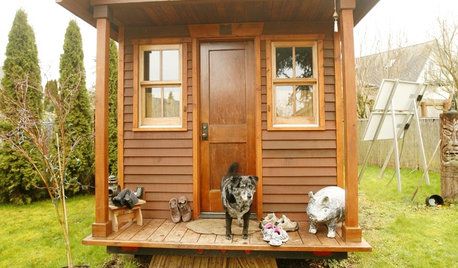
SMALL SPACESLife Lessons From 10 Years of Living in 84 Square Feet
Dee Williams was looking for a richer life. She found it by moving into a very tiny house
Full Story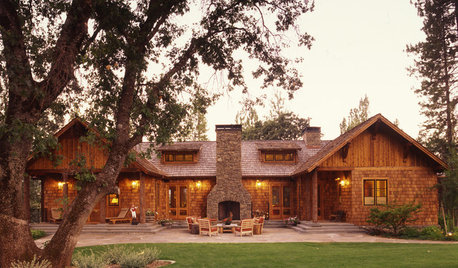
CONTRACTOR TIPS6 Lessons Learned From a Master Suite Remodel
One project yields some universal truths about the remodeling process
Full Story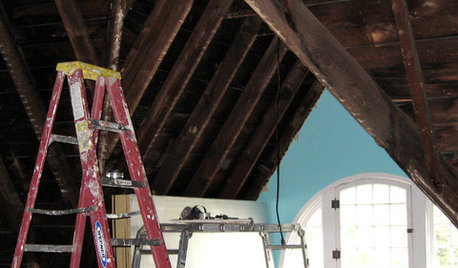
REMODELING GUIDES8 Lessons on Renovating a House from Someone Who's Living It
So you think DIY remodeling is going to be fun? Here is one homeowner's list of what you may be getting yourself into
Full Story
SELLING YOUR HOUSEA Moving Diary: Lessons From Selling My Home
After 79 days of home cleaning, staging and — at last — selling, a mom comes away with a top must-do for her next abode
Full Story
LIFEThe Day She Learned the Serenity Prayer for Homeowners
A flooded house and a high school graduation party intersect to teach some life lessons
Full Story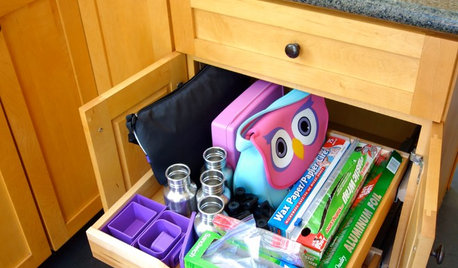
KITCHEN STORAGEEnd the School-Lunch-Prep Chaos
Make mornings less hectic with kitchen drawers and baskets dedicated to kids' lunch boxes and accessories
Full Story
GARDENING GUIDESGreat Design Plant: Try Blue Bells for Blooms in Dry Soil
This shrub’s violet-blue flowers and silvery foliage brighten low-water gardens all year long
Full Story
REMODELING GUIDES6 Must-Know Lessons From a Serial Renovator
Get your remodel right the first time, with this insight from an architect who's been there too many times to count
Full Story
HOLIDAYS11 Survival Lessons From Thanksgiving
With 10 people in 1 house for 3 days, you learn fast. Find out the good, the challenging and the just plain kooky
Full Story
GARDENING GUIDESLessons in the Rewards of Selfless Gardening
Let go of gardening for your own vision and watch the garden’s own true vision come forth
Full Story


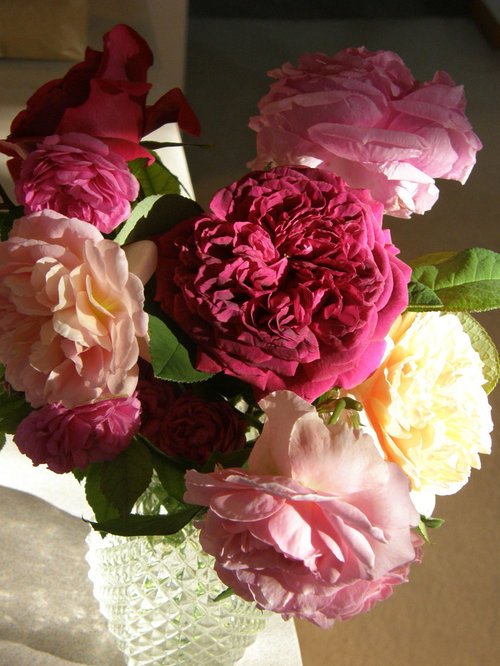
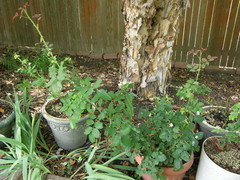


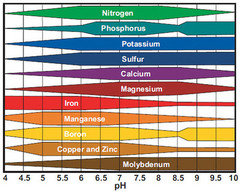


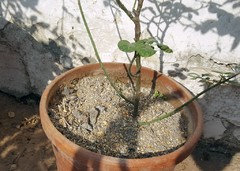


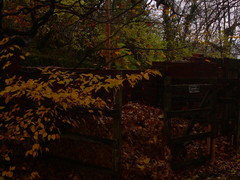









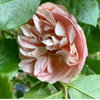
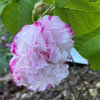
Khalid Waleed (zone 9b Isb)